- Introduction
- What is Router?
- Challenges in the current landscape
- Technical Overview
- Economics
- Roadmap and Milestones
- Team
- Conclusion
Introduction
Transferring money across different banks was a problem for most users. A user would have segregated capital across other accounts with foreign banks. Moving it from one bank to another was tedious and costly. The international transfers depended on services like Western Union with long wait hours. Layer 1 and 2 blockchains face a similar issue while transferring value across chains.
What is Router?
Router Protocol is a cross-chain infrastructure layer enabling seamless communication across different chains. This allows Router to transfer assets and messages from one chain to another, expanding the realm of possibilities in DeFi.
Challenges in the current landscape
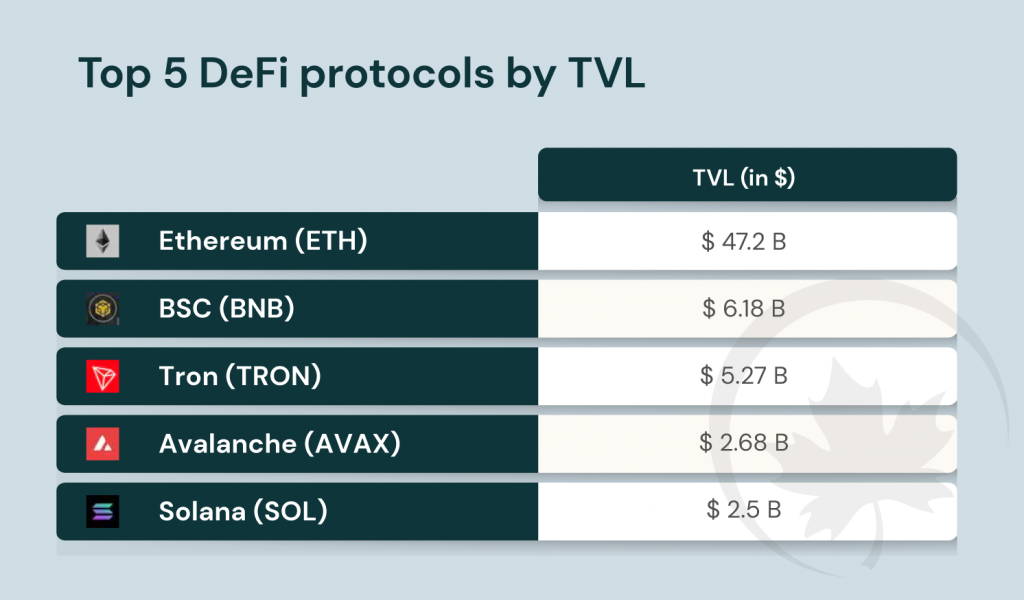
The current popular method of cross-chain communication is a two-way communication bridge between chains. This leaves room for exploitation, the most famous example being the Ronin and Wormhole hack. Bridges are susceptible to a central point of failure. Router comes in with its network of nodes, seamlessly integrating into different chains and expanding the cross-ecosystem possibilities.
Current Competition for Router
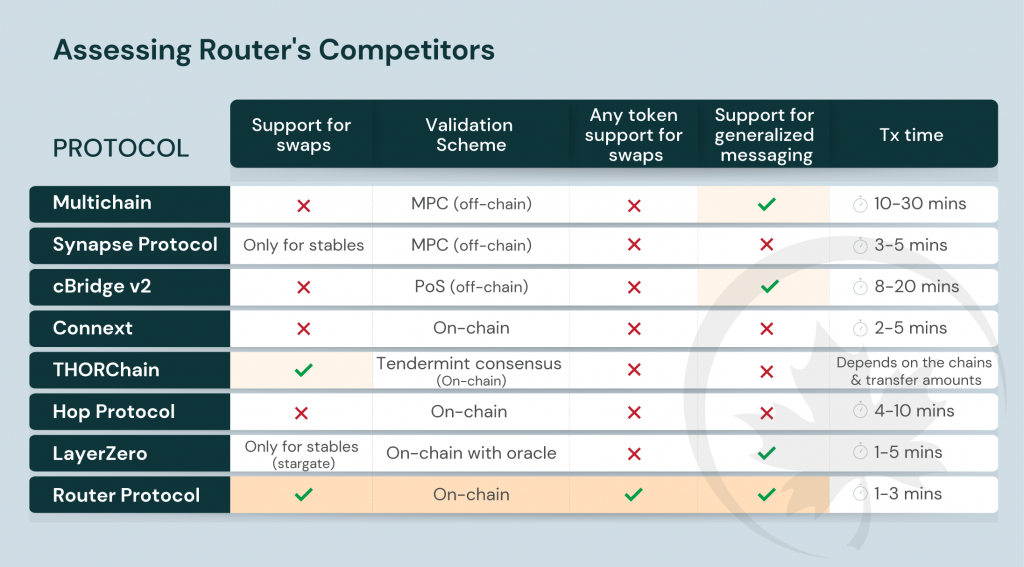
Technical Overview
How does Router work?
Router Protocol is a mesh network of chains connected by several nodes that serve as an expandable cross-chain bridge. These nodes have installed bridge contracts on each of the chains attached to the network. Bridge contracts listen to transactions and execute them to allow value transfers between chains. Various methods can be used to transfer value, such as locking assets in the source chain and unlocking or minting assets in the destination chain. The protocol can cross-chain operations without bridging assets by relaying data between chains.
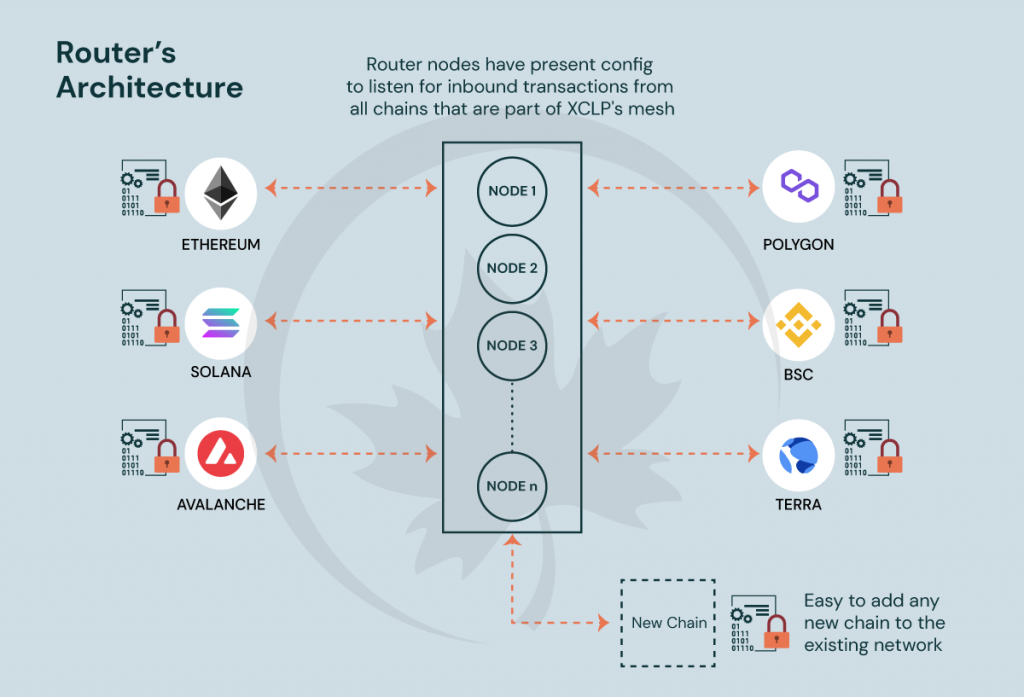
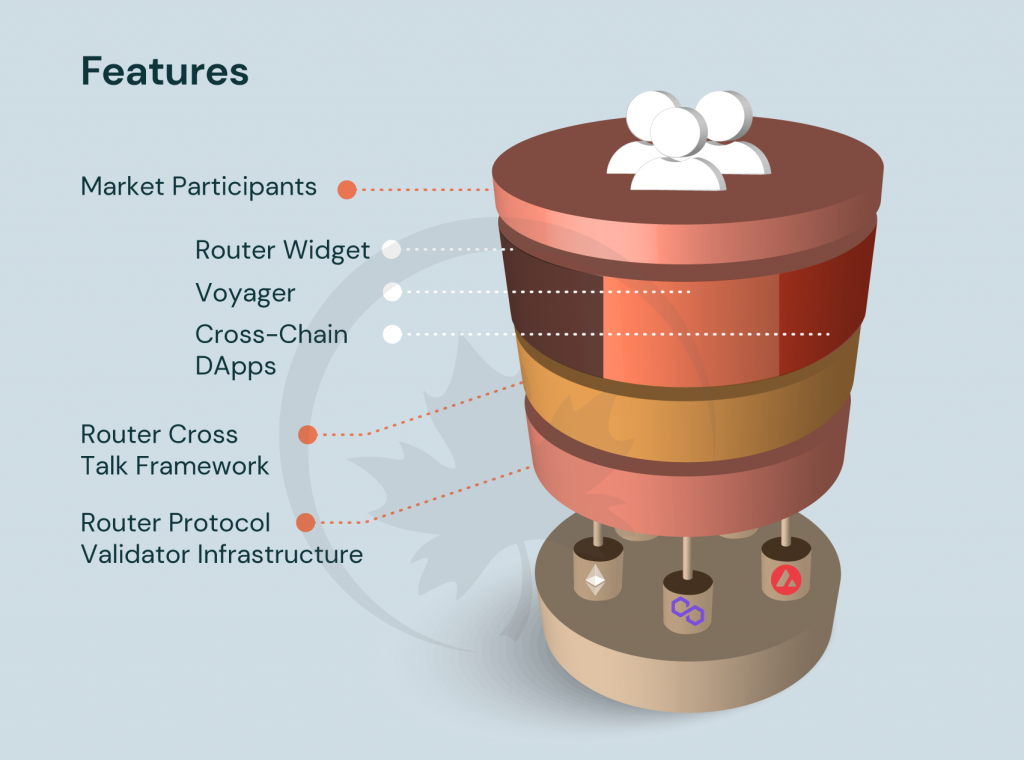
Fee Payment options
Router allows multiple transaction fee payment options varying from $USDC, $ROUTE, $DFYN, and the source chain native gas token. Users can get a discount on the bridge fees when paying fees in the $ ROUTE token.
Path finder algorithm
An algorithm built to provide the most efficient and pocket-friendly way to transfer value between different chains. The Path Finder API is also available for other developers to integrate within their DApps to leverage cross-chain swaps with Router Protocol providing the backend.
Cross Talk
Powered by Router’s Infrastructure, the Cross talk library securely enables a swift state transition between different chains. Thus, allowing smart contracts built on different chains to communicate seamlessly with each other.
Possibilities with the help of Cross Talk:
- Multi-chain support for dApps with no extra effort
- Chain agnostic governance
- Built-in cross-chain capabilities for assets like stablecoins and NFTs
What makes cross-talk work?
Generic Handler
Enables interaction between cross-chain smart contracts and handles all the cross-chain requests
Bridge Contract
Responsible for executing all outgoing cross-chain transactions and keeping track of all incoming transactions
Relayer/Validator Module
Listens to the incoming deposit records across chains and performs the validation and execution of proposals on the destination chain
Widget : Cross-chain-out-of-box
Router Protocol offers a cross-chain widget that allows DApps to offer cross-chain deposits and unlocks abilities like allowing users to buy the tokens from any chain. The widget can be embedded on DApps as an iFrame with minimal effort.
Voyager
It is the first dApp developed over the cross-chain infrastructure of Router. Voyager enables cross-chain swap and transfer of assets.
The dApp is growing at a steady state with a transaction volume of around $200mn
Key Points:
- On-chain Validation
Three commits are done by Router on the destination chain - Chain agnostic swapping
Any token can be swapped with any token across the integrated chains.
Current Integrated Networks
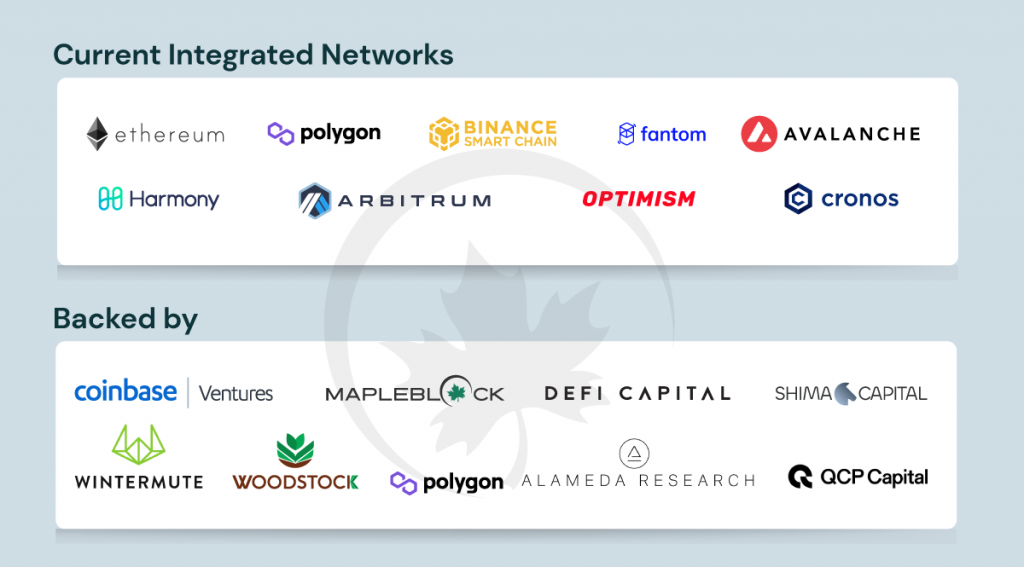
Economics
$ROUTE is an ERC-20 utility token with a total supply of 20,000,000.
The distribution of the total supply is given below:
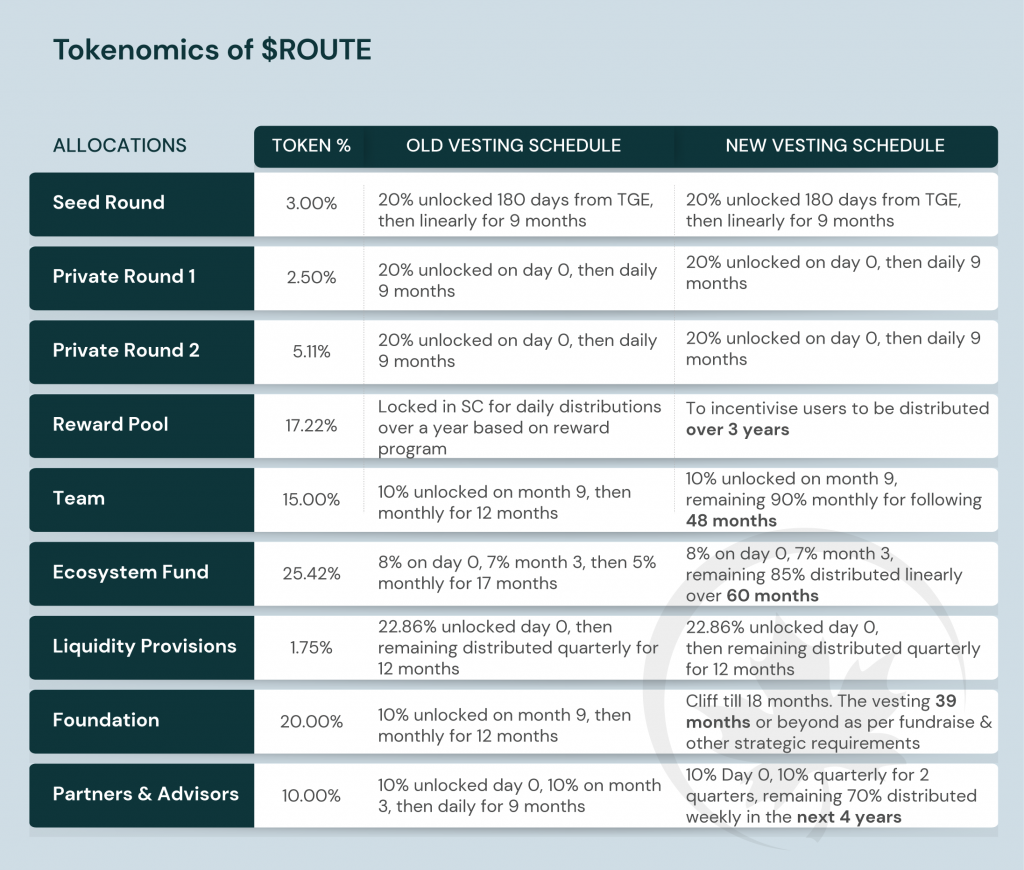
Token Utility
Governance: Holders get to participate by voting on the proposal put forth for different upgrades to the protocol
Revenue Sharing: Transaction fees generated are shared across validators and liquidity providers
Transaction fee Concession: $ROUTE holders get a 50% discount on the transaction fee – the percentage of the fees may change in future
Roadmap and Milestones
The current point of focus for the team is the perfect deployment of their first non-EVM chain. The first non-EVM integration started with Cosmos through CosmWasm.
For the roadmap’s latest details – please refer to: https://docs.routerprotocol.com/reference/roadmap
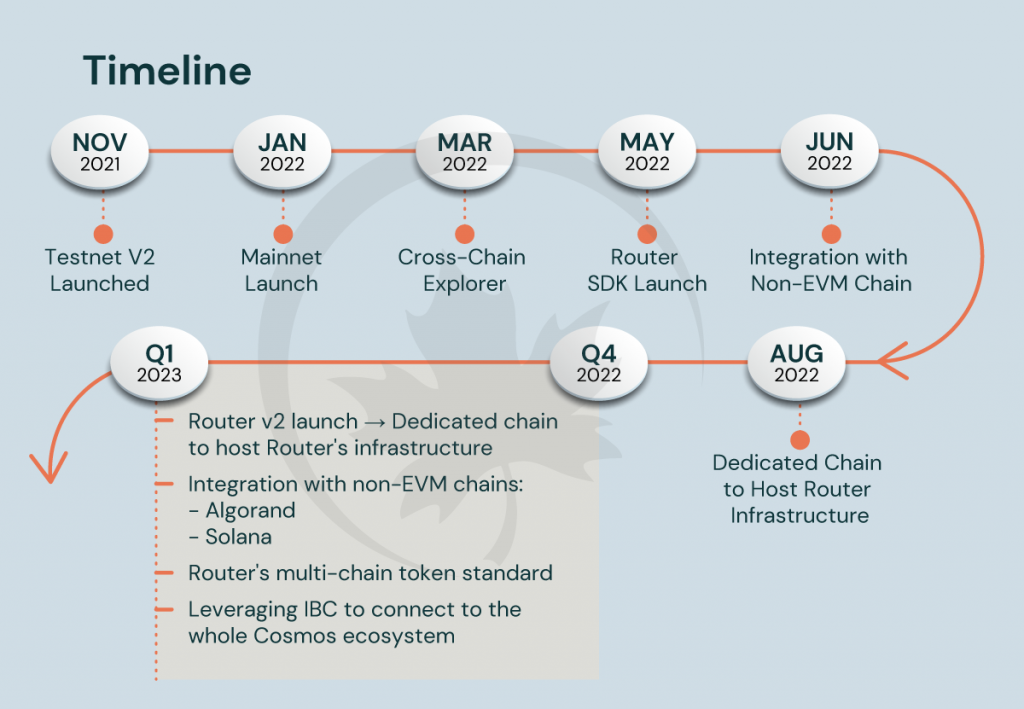
Team
The Router team is filled with crypto veterans led by Ramani Ramachandran, the CEO of Router Protocol.
Ramani Ramachandran
- In Crypto since 2014, built and ran one of Asia’s earliest crypto funds
- Built Fordex – the world’s first stablecoin DEX along with Ox
- Co-Founded Qume, an institutional-grade crypto exchange
- Launched Asia’s first crypto-index token
Shubham Singh
- Full- stack Dev and technical architect building in crypto /blockchain since 2016
- Built 108token (Asia’s first crypto index token) and Fordex, the world’s first stablecoin DEX with Ox grant, as well as crypto futures trading algorithms
- Significant experience working on trading systems developing low-latency, high-frequency software
Chandan Choudhury
- Veteran trader and advisor across asset classes spanning over 15 years
- Former Head of Strategy at Bitpolo, leading Indian crypto exchange
- Managed crypto fund generating 4x returns
- Former Head of Ops & Market Research at Tradelab
Harsh Patel
- Researcher and technical architect building in crypto since 2014
- Theorized the concept of DEX in FC2014
- Proposed and developed a blockchain scaling solution based on capacity
Priyeshu Garg
- Engineer/Growth hacker/Product Manager
- Former Technical Advisor @ Umbrella Network, Software Engineer @ Ola & Journalist @Cryptoslate & @8BTC.
Conclusion
The future for web3 is using interoperability, Router is building the necessary infrastructure for that, and we are happy to support them in this journey. The launch of Voyager already enables cross-chain swaps with ease. A significant challenge lies in integrating non-EVM compatible chains with Cosmos, Solana, and Algorand next in line to be integrated. Cross-talk SDK already enables developers to build using an interoperable toolkit for their dApps.
Router has sown the seeds for capturing a significant part of the interoperable infrastructure market. The evolution of the crypto industry will reveal the harvest down the line.
